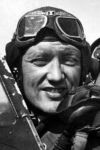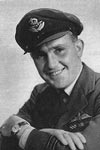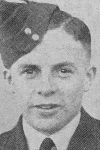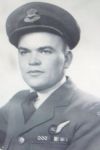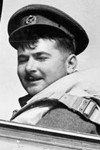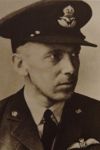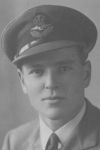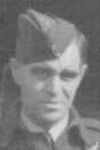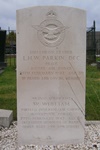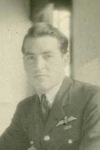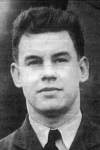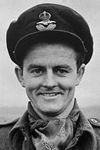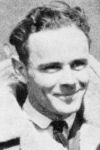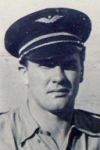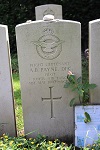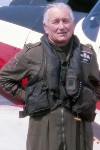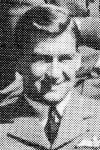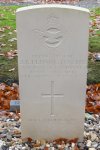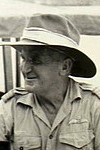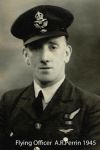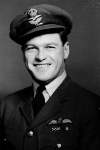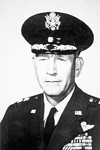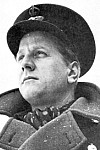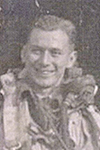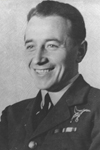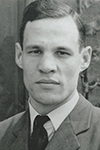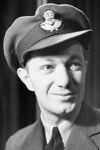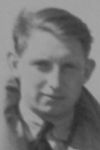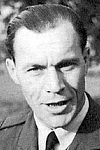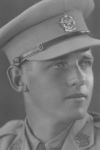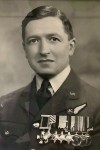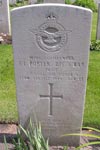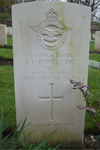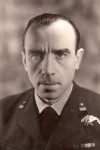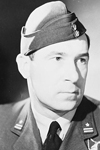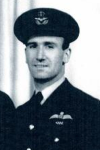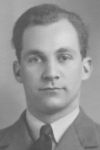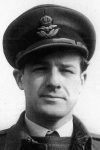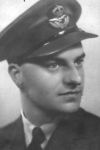Distinguished Flying Cross (DFC)
The Distinguished Flying Cross (DFC) was established on June 3rd, 1918, the birthday of King George V, and is awarded to Officers and Warrant officers for "an act or acts of valour and courage or devotion to duty performed whilst flying in active operations against the enemy". A straight silver bar is a further enhancement of the DFC, awarded for additional acts under the same terms as the cross.
The award has the shape of a silver cross and was designed by Edward Carter Preston. On the obverse aeroplane propellers are superimposed upon the vertical arms of the cross. Within a central winged roundel, encircled by a wreath of laurels and surmounted by a Imperial Crown, appear the letters RAF. In the central circle on the reverse the Royal Cyphers, GV, GVI, EIIR, appear above the date 1918. The year of issue is engraved on the lower arm of the award. The DFC is issued unnamed.
The ribbon is 1.25 inches wide, and consists of alternating violet and white stripes, each 0.125 inches wide, leaning at 45 degrees from the vertical. Until 1919, the stripes were horizontal.
From the entire period of the award from it’s inception in 1918 until 1939 when the award changed to the GVI type, only 1,217 GV DFC's were issued.
During the Second World War a total of 20,354 DFCs were awarded, with approximately 1,550 first bars and 42 second bars. Honorary awards were made on 964 occasions to aircrew from other non-commonwealth countries.
A total of 4,018 first DFC's were awarded to RCAF personnel, plus 213 first bars and 6 second bars and also 358 to FAF/RAA/RNZAF persons in RCAF, plus 23 first bars. Also there were 247 DFC's awarded to Canadians in the RAF, plus 34 first bars.
New Zealand RNZAF personnel received 1,032 DFC Crosses, eighty four first bars and four second bars, one Cross was awarded to a member of the Royal New Zealand Navy.
A total of 44 Dutch airmen received the DFC.
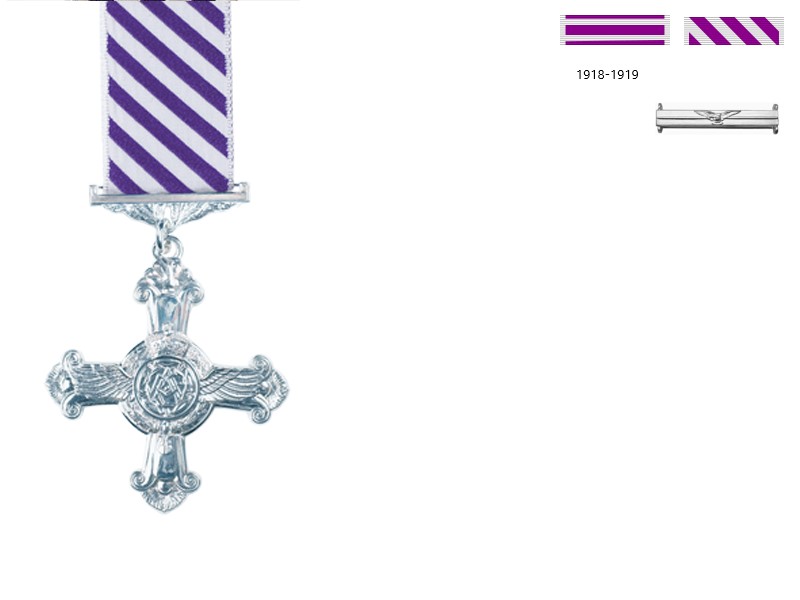
Sources
- Photo: Stephen Stratford
- - Dorling H.T., Ribbons and Medals, Philip, London 1974
- London Gazette dated 5th December 1919 with establashing regulations for DFC, AFC, DFM and AFM
- Veterans Affairs Canada
